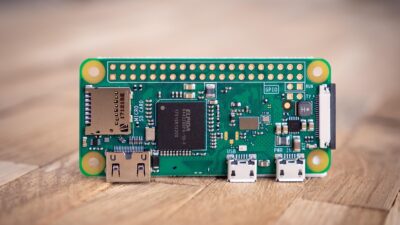In today’s digital landscape, the demand for faster data processing and real-time analytics has rendered traditional data center models less effective. Enter edge computing — a paradigm shift that pushes computing resources and data storage closer to the source of data generation. This not only enhances operational efficiency but also significantly bolsters security measures, making it a cornerstone for modern data protection strategies.
Understanding Edge Computing
Edge computing refers to the decentralization of data processing, placing it nearer to the devices that generate data, such as IoT devices, sensors, and mobile devices. Instead of relying solely on remote servers located in centralized data centers, edge computing enables data to be processed, analyzed, and stored in close proximity to where it is created. This approach minimizes latency, reduces bandwidth consumption, and, importantly, provides unique security benefits.
1. Reduced Data Exposure Risks
One of the primary risks in data management is the potential for data breaches during transmission. When data is processed at the edge, less information is sent over the network to centralized data centers, thereby diminishing the risk of interception during transit. With fewer data packets traveling over potentially vulnerable connections, organizations can mitigate exposure to cyber threats, enhancing overall data security.
2. Improved Compliance and Privacy Control
With stringent regulations like GDPR and CCPA, organizations are under increased pressure to protect sensitive data. Edge computing allows businesses to process sensitive information locally, ensuring that personal data remains within jurisdictional boundaries. By keeping data close to its origin, organizations can more easily comply with legal requirements and maintain tighter control over how data is handled, accessed, and stored, thus reinforcing privacy measures.
3. Enhanced Threat Detection and Response
Edge computing facilitates real-time data processing and analysis, allowing organizations to detect anomalies and potential threats more swiftly. By employing local analytics, edge devices can identify security threats immediately, often before they escalate into substantial issues. This proactive approach enables quicker incident responses, minimizing potential damage from cyberattacks.
4. Decentralized Security Architecture
Centralized systems often present a single point of failure, making them attractive targets for hackers. Edge computing creates a more resilient security posture by distributing computing across multiple nodes. If one node becomes compromised, the others can continue functioning, ensuring that critical operations are maintained. Additionally, decentralized security measures—such as localized firewalls and intrusion detection systems—can be implemented at each edge node, further enhancing protection.
5. Empowerment through AI and Machine Learning
Incorporating artificial intelligence (AI) and machine learning at the edge can analyze data patterns, identify potential security threats, and automate responses without the need for centralized oversight. This not only improves security measures but also empowers organizations to be adaptive and resilient in the face of evolving cyber threats. By leveraging AI locally, businesses can continuously learn and improve their defense strategies in real time.
6. Data Integrity and Availability
Data integrity is critical for any organization, and edge computing enhances this by ensuring that data is processed exactly as intended at its source. Local processing allows for immediate backups and redundancy, ensuring that data remains available even in case of connectivity loss with the central data repository. Such redundancy is vital in industries where timing and accuracy are crucial, such as healthcare, finance, and manufacturing.
Conclusion
As organizations strive to harness the power of data while safeguarding against escalating threats, edge computing emerges as a robust security solution. By minimizing data exposure, improving compliance, enhancing threat detection, and decentralizing security infrastructure, edge computing offers a multifaceted approach to data protection.
Incorporating edge computing doesn’t just improve operational efficiency; it strengthens the foundation of data security. As businesses continue to evolve in a data-driven world, embracing edge computing will prove essential not only for gaining competitive advantage but also for ensuring the integrity and confidentiality of sensitive information.



